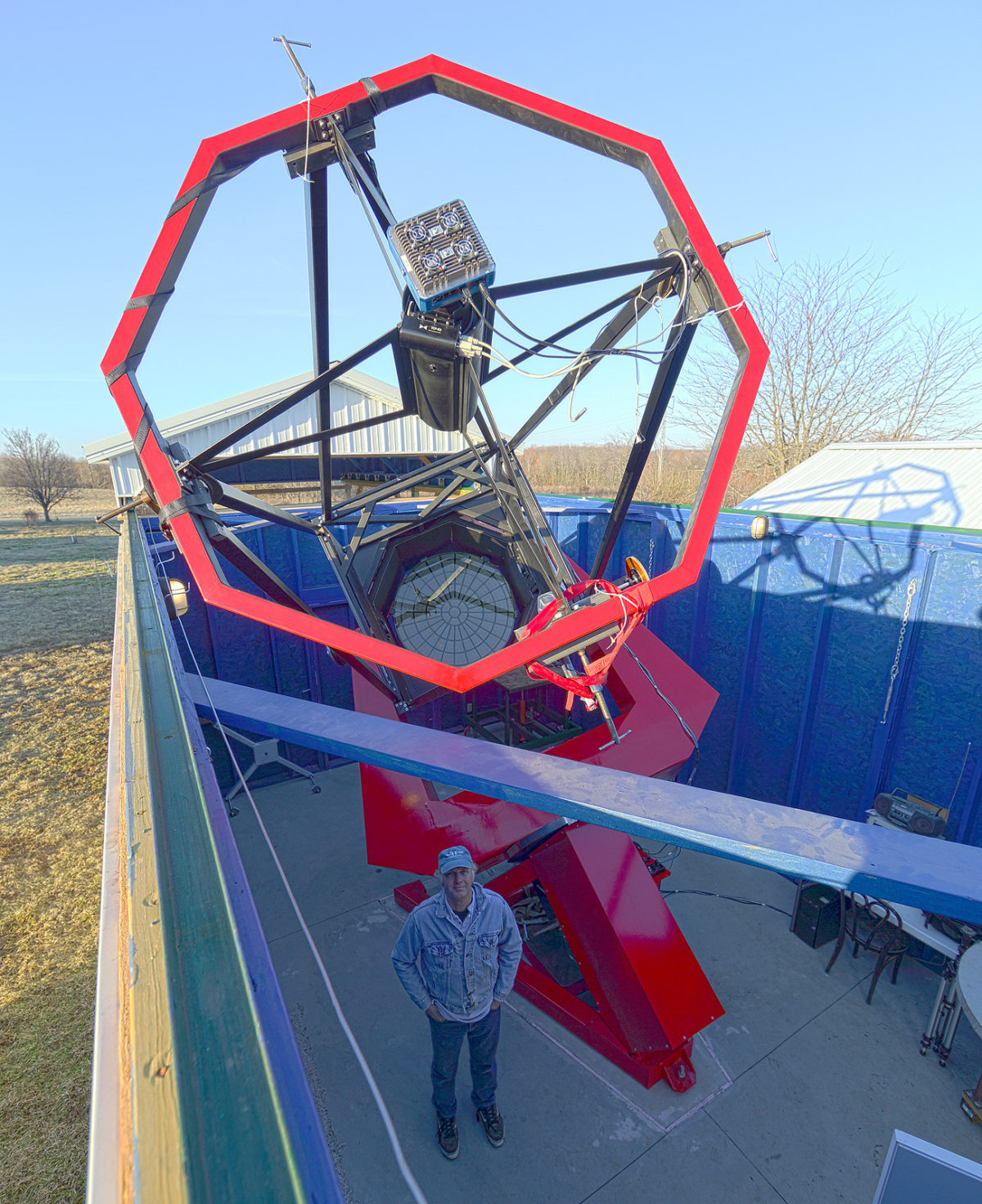Bruce Betts • Apr 15, 2015
Shoemaker NEO Grant Winners Announced: Saving the World
We just announced the six winners of the 2015 Planetary Society Shoemaker NEO Grants at our public event at the Planetary Defense Conference. These grants will allow major upgrades in the abilities of their observatories to study potentially dangerous asteroids. The Shoemaker NEO Grants are designed to assist amateur observers, observers in developing countries, and underfunded professional observers in contributing to vital NEO research. Past Shoemaker grant winners have made tremendous contributions to discovery, follow-up, and characterization of potentially dangerous near Earth asteroids using the upgrades facilitated by the grants.
For the 2015 awards, a total of $53,250 is awarded to the 6 winners: Luca Buzzi (northern Italy), Maurice Clark (western Australia), Daniel Coley (California, US), Robert Holmes (Illinois, US), Julian Oey (eastern Australia), and Donald Pray (Massachusetts, US). Learn more about what each of them will be doing with their grants and more about what they study here. There were 19 proposals. Over the 18 year history of the Shoemaker NEO Grant program: more than $323,000 has been awarded in 49 awards (to 39 awardees) in 16 countries on 5 continents.

The observational needs/steps for preventing asteroid impacts are find them, track them, and characterize them. Unlike when the Shoemaker NEO Grant program began in 1997, most NEOs are now found by professional survey telescopes. There is still critical need for additional observations for steps two and three. The Shoemaker Grants now focus on follow up tracking observations and characterization of NEOs. The astrometric (position) tracking observations are required to determine the orbits of the asteroids. It doesn’t help to know there is an asteroid out there unless you can accurately predict its orbit to determine if it will impact Earth. NEO characterization allows better understanding the NEO population in general, as well as individual potentially dangerous asteroids. Using information like lightcurves (brightness versus time), one can extract information about spin rates and even whether what looks like one asteroid is actually a binary pair.

We are very proud of the contributions of past Shoemaker winners enabled by our grants, and the new round of grantees are poised to continue the rich tradition of a grant program named after one of the pioneers of impact processes in the solar system, Gene Shoemaker.The Planetary Society, and I personally, sincerely thank our expert advisory/review panel: Planetary Society NEO Grant Coordinator Timothy Spahr; Alan Harris, MoreData!; and Carl Hergenrother, University of Arizona. The Planetary Society gratefully acknowledges the financial support of its members who make these grants possible.
Visit our Shoemaker Near-Earth Object Grant Program section for recent news and ongoing updates on past winners.
Help The Planetary Society support the hunt for near-Earth asteroids:
The Time is Now.
As a Planetary Defender, you’re part of our mission to decrease the risk of Earth being hit by an asteroid or comet.
Donate Today

 Explore Worlds
Explore Worlds Find Life
Find Life Defend Earth
Defend Earth

